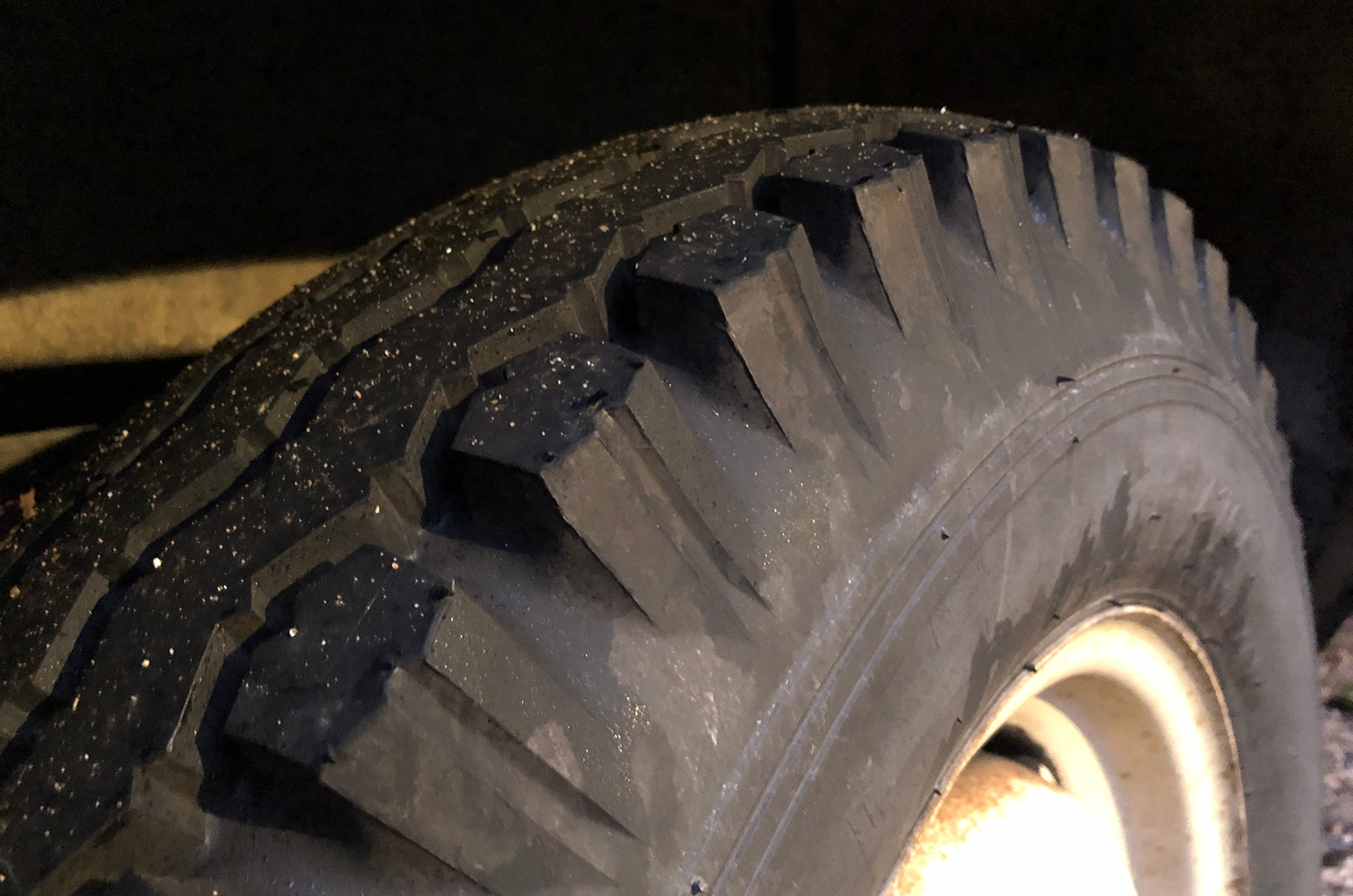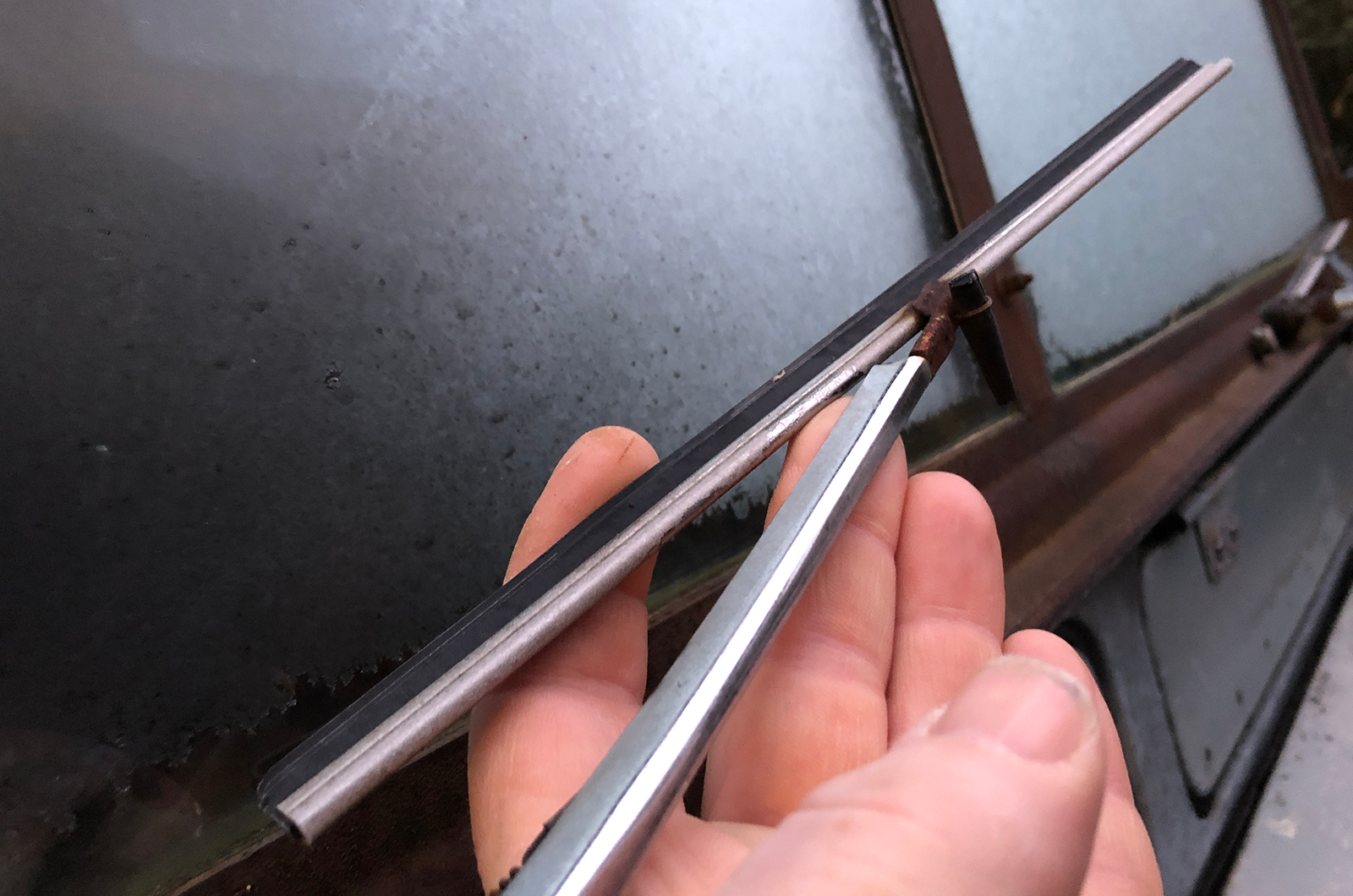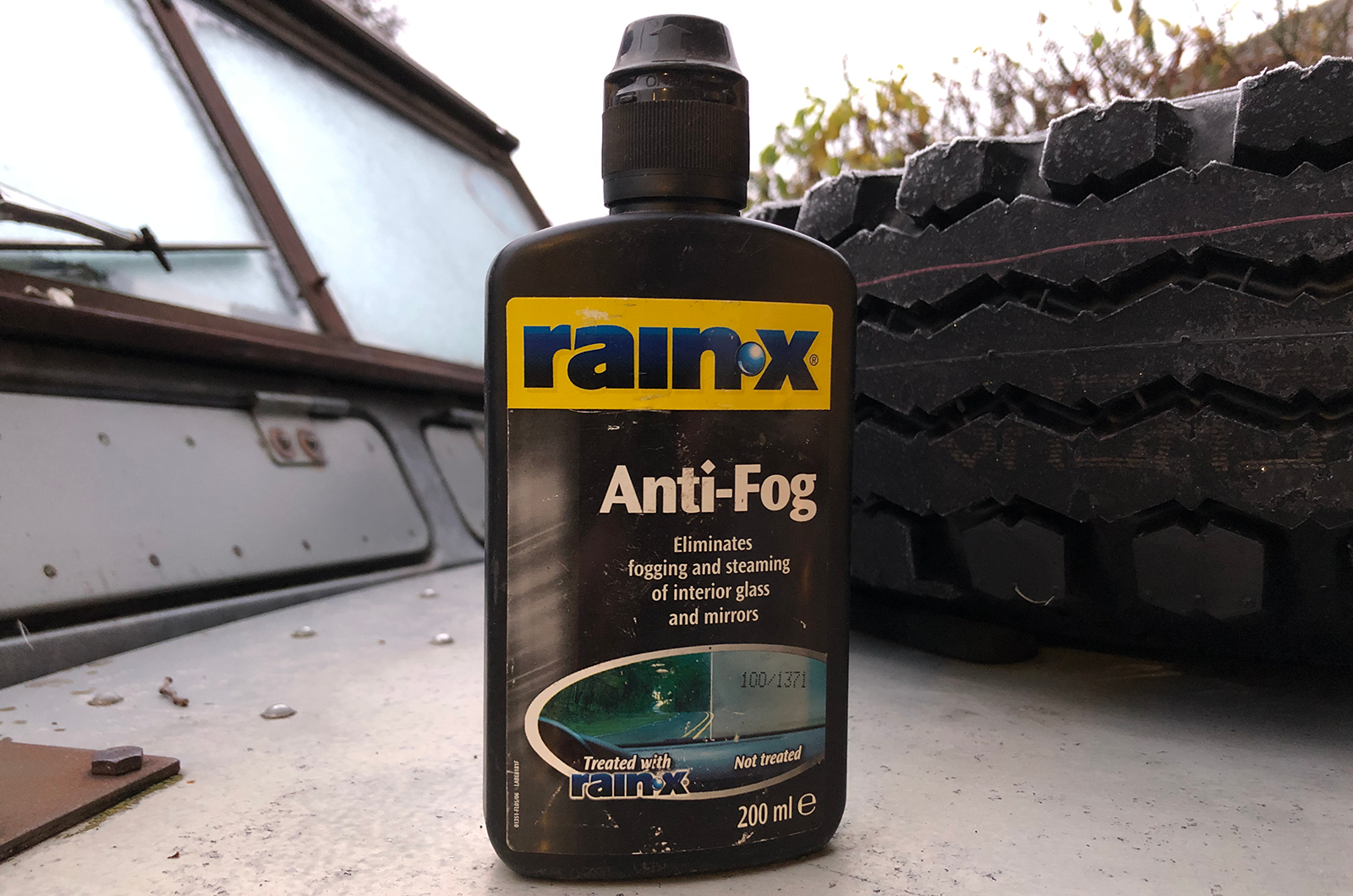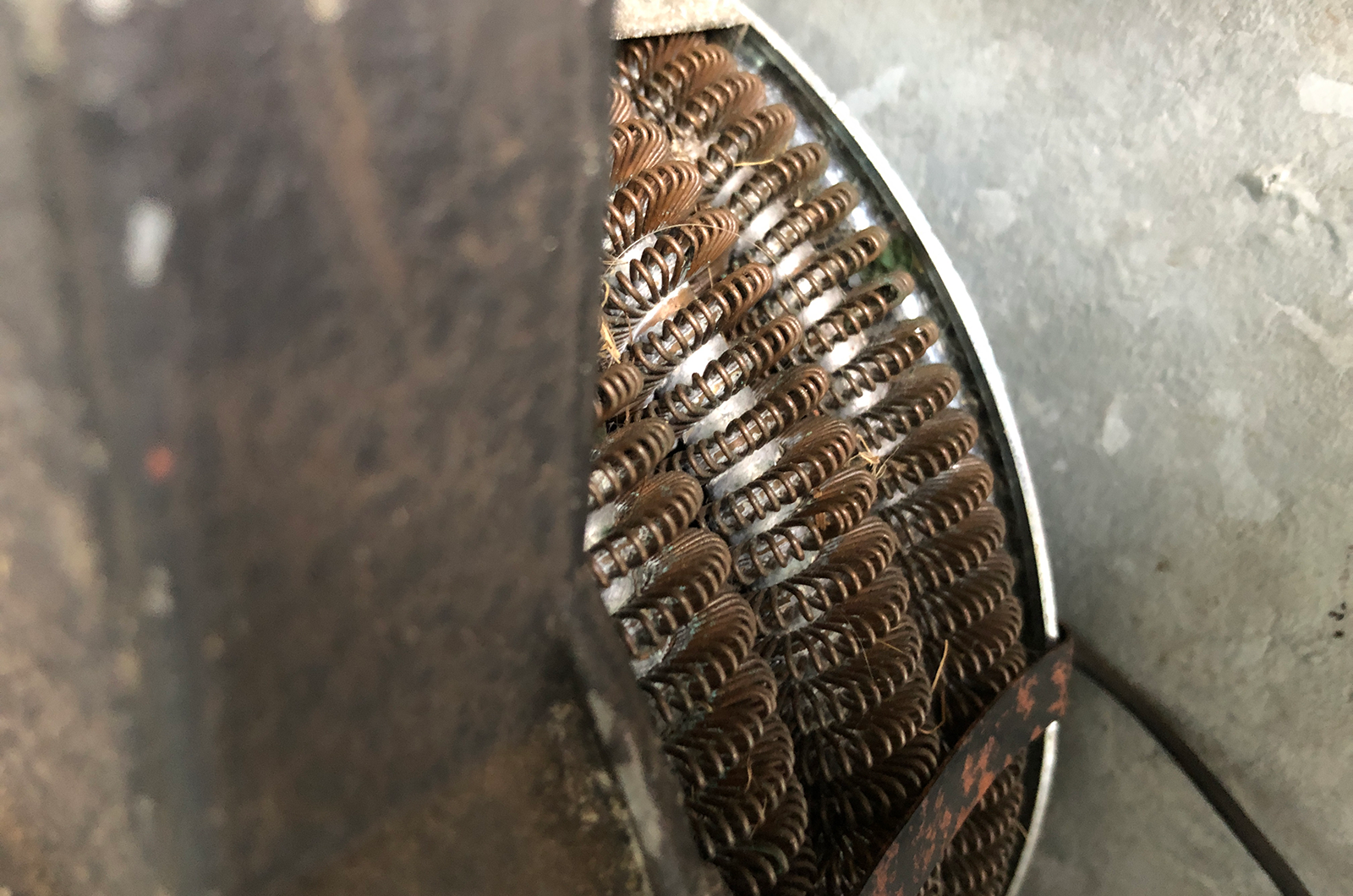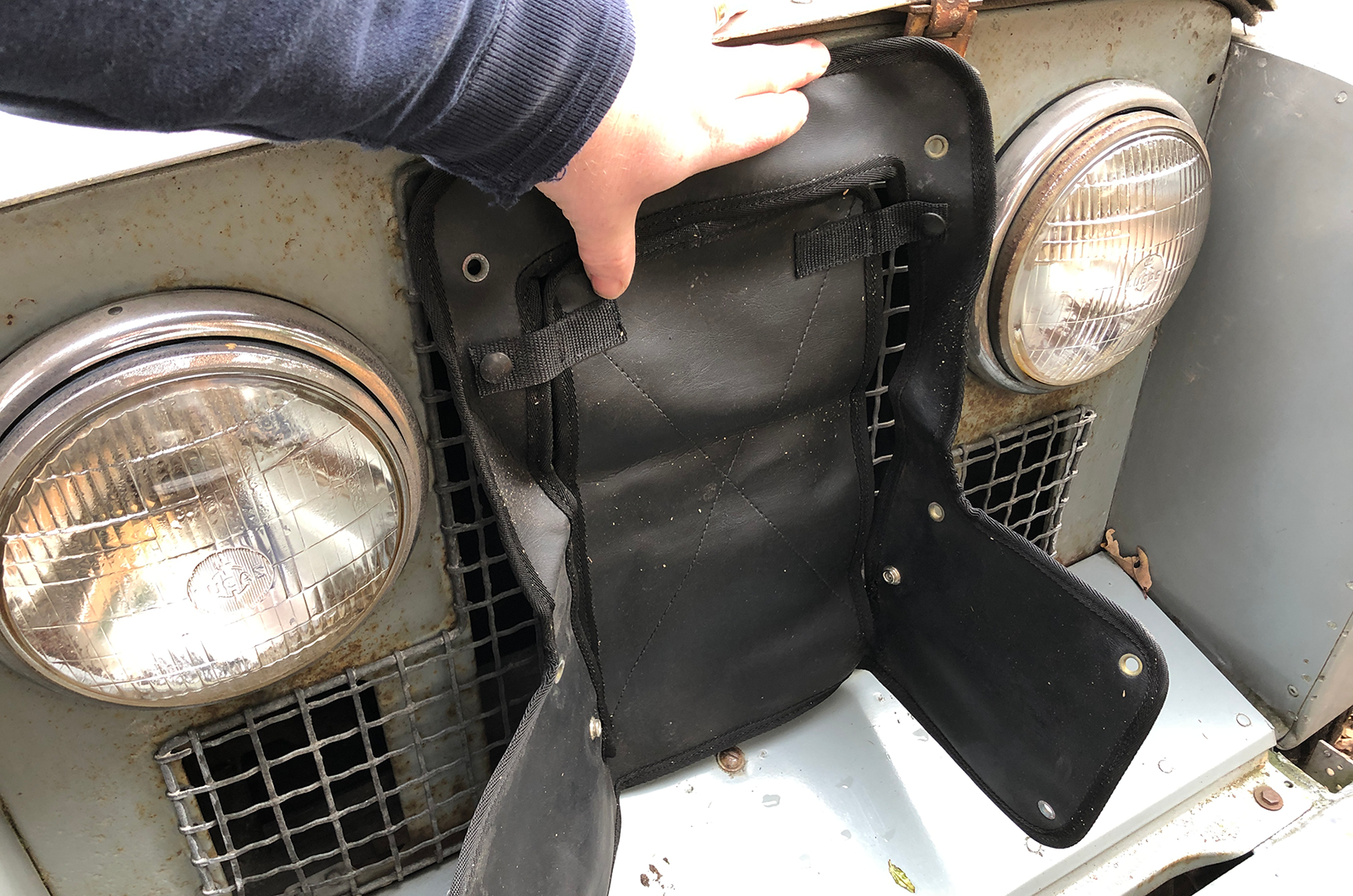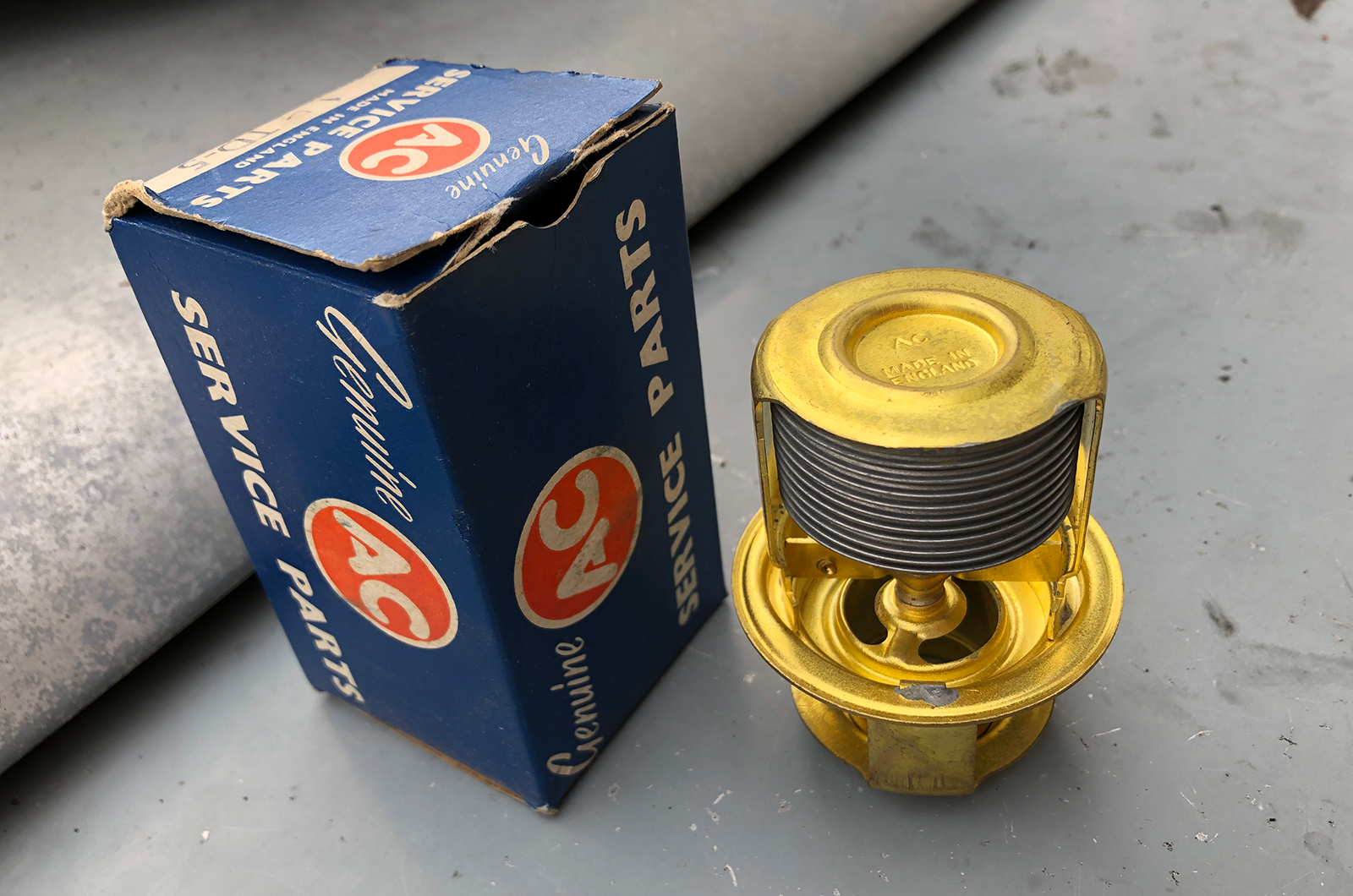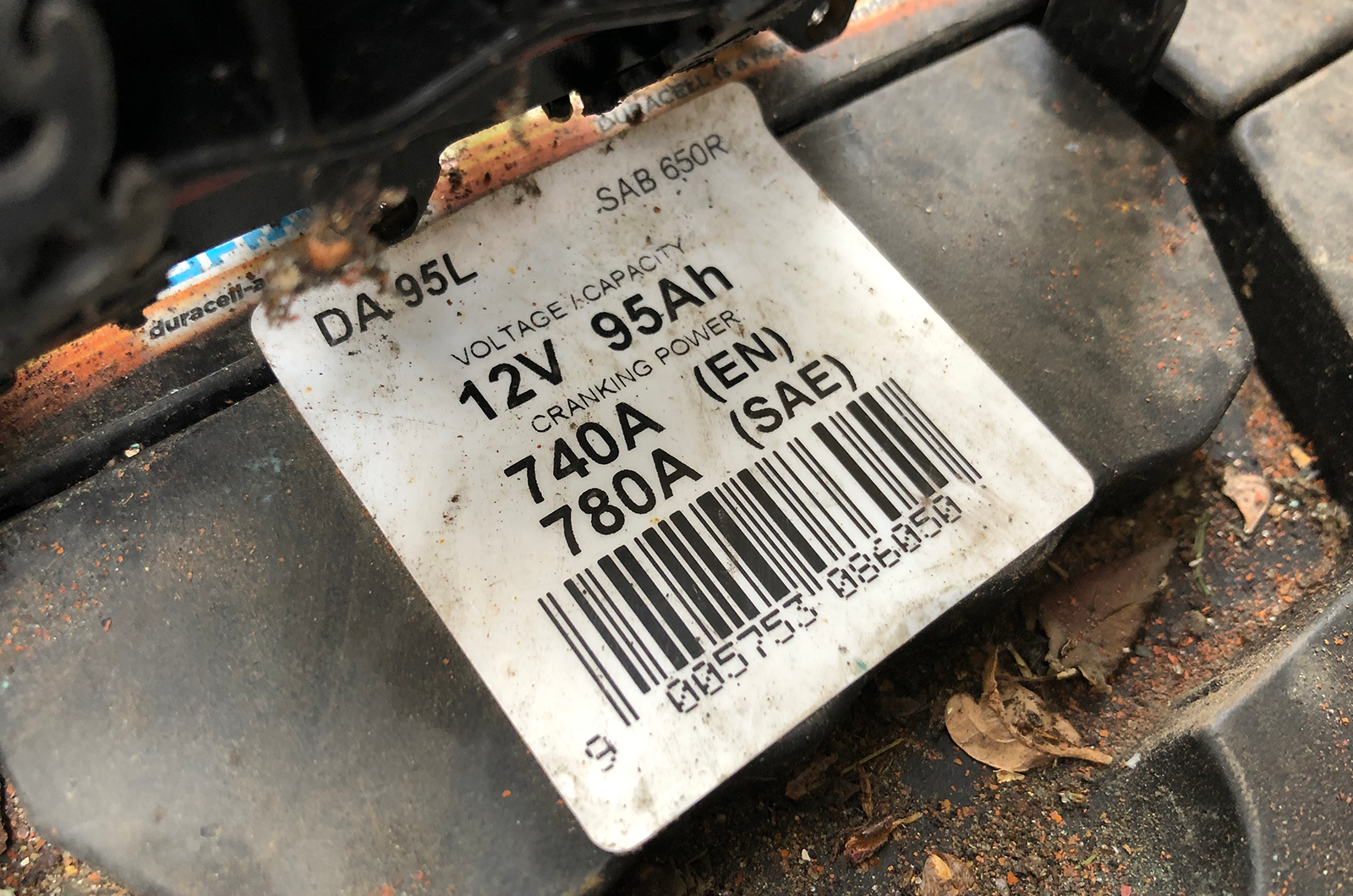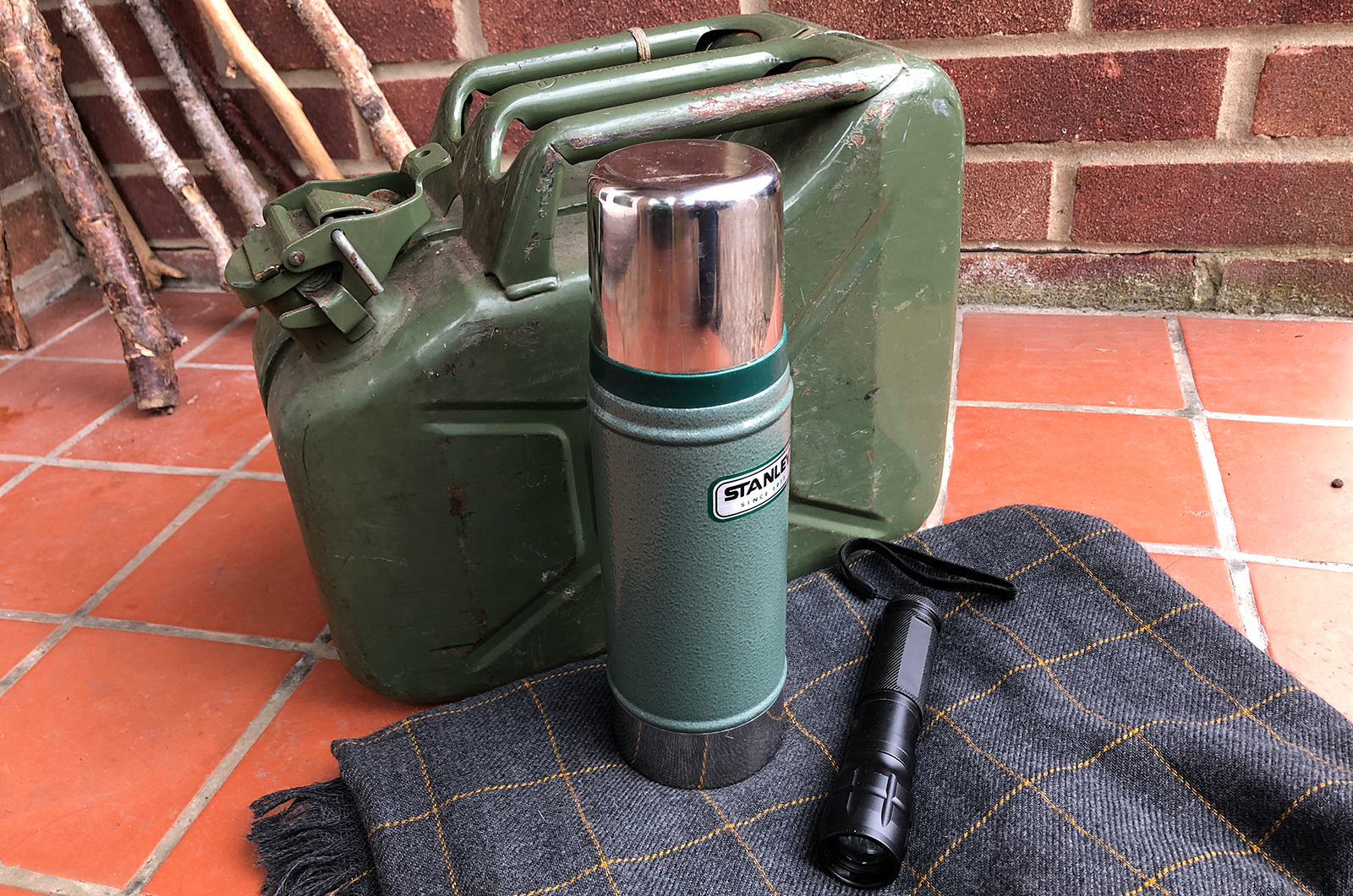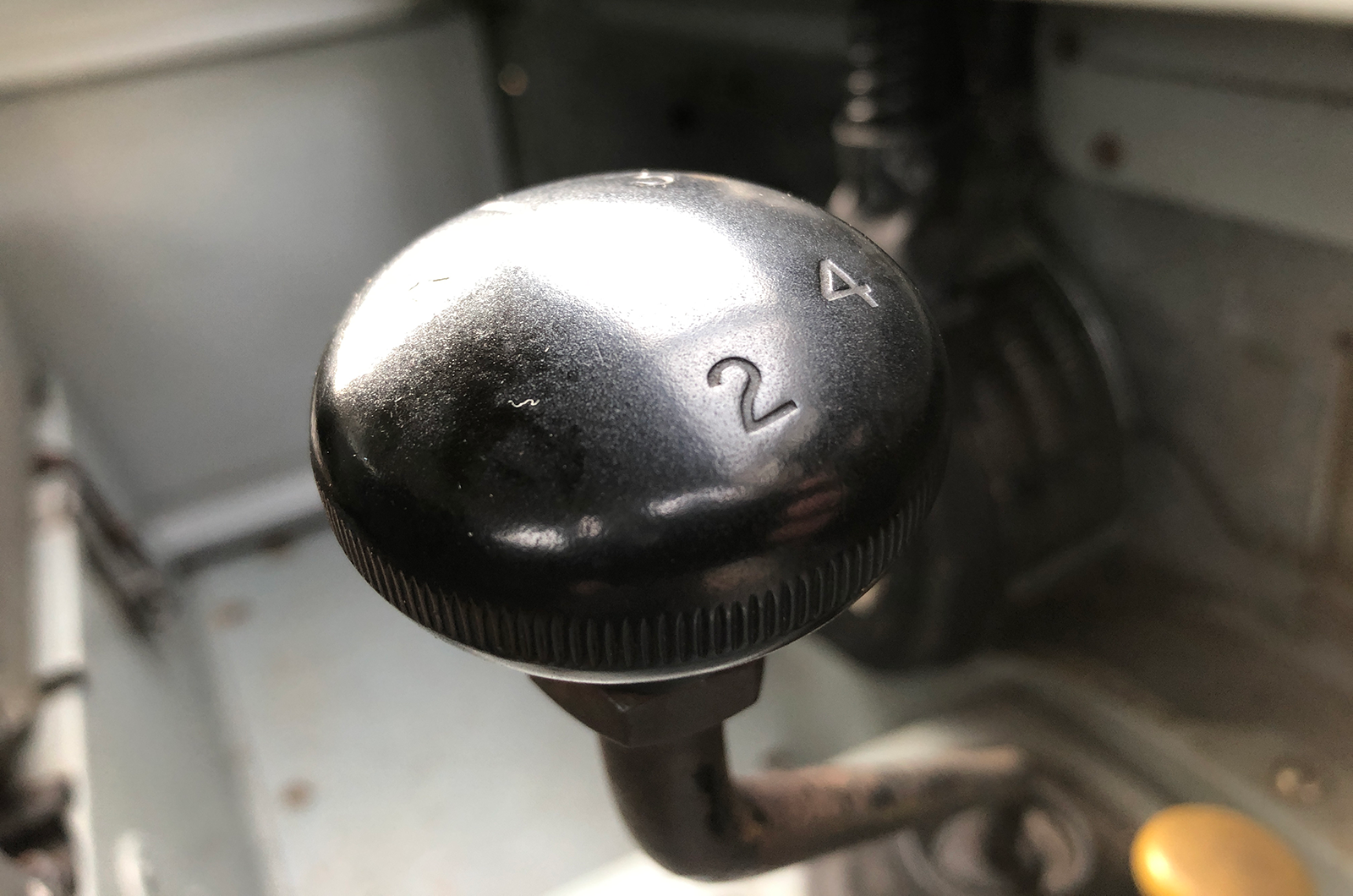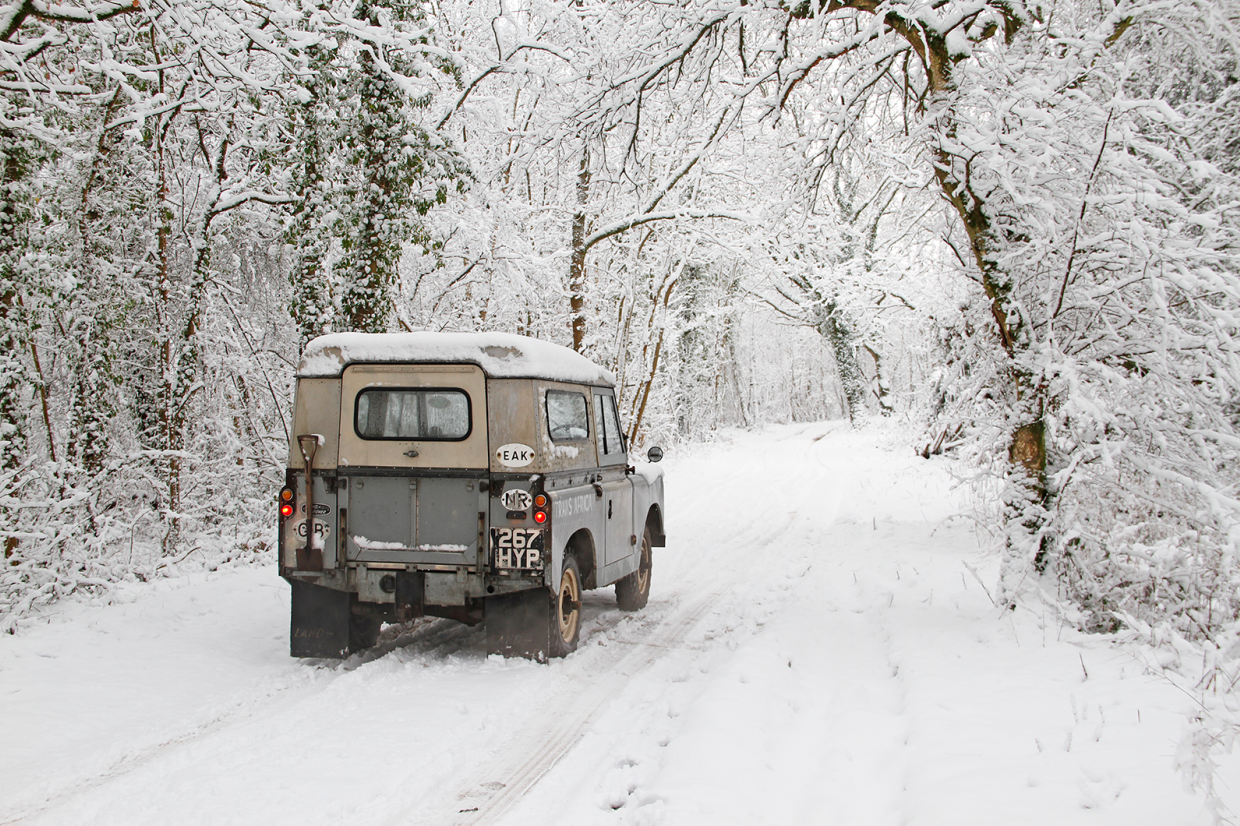
Winter always seems to take the UK by surprise; while other countries shrug off 3ft of snow, we tend to struggle with a bit of drizzle.
It’s a particular issue for classic car owners, partly because older models may lack some of the safety features found in modern cars and partly because they may have more sensitive mechanicals.
But fortunately, it needn’t be a problem – with a little preparation you can handle anything Mother Nature throws your way. And if you’re thinking of storing your classic car, check out our separate advice.
Here are our top tips to avoid your pride and joy becoming stranded this winter.
1. Check your anti-freeze
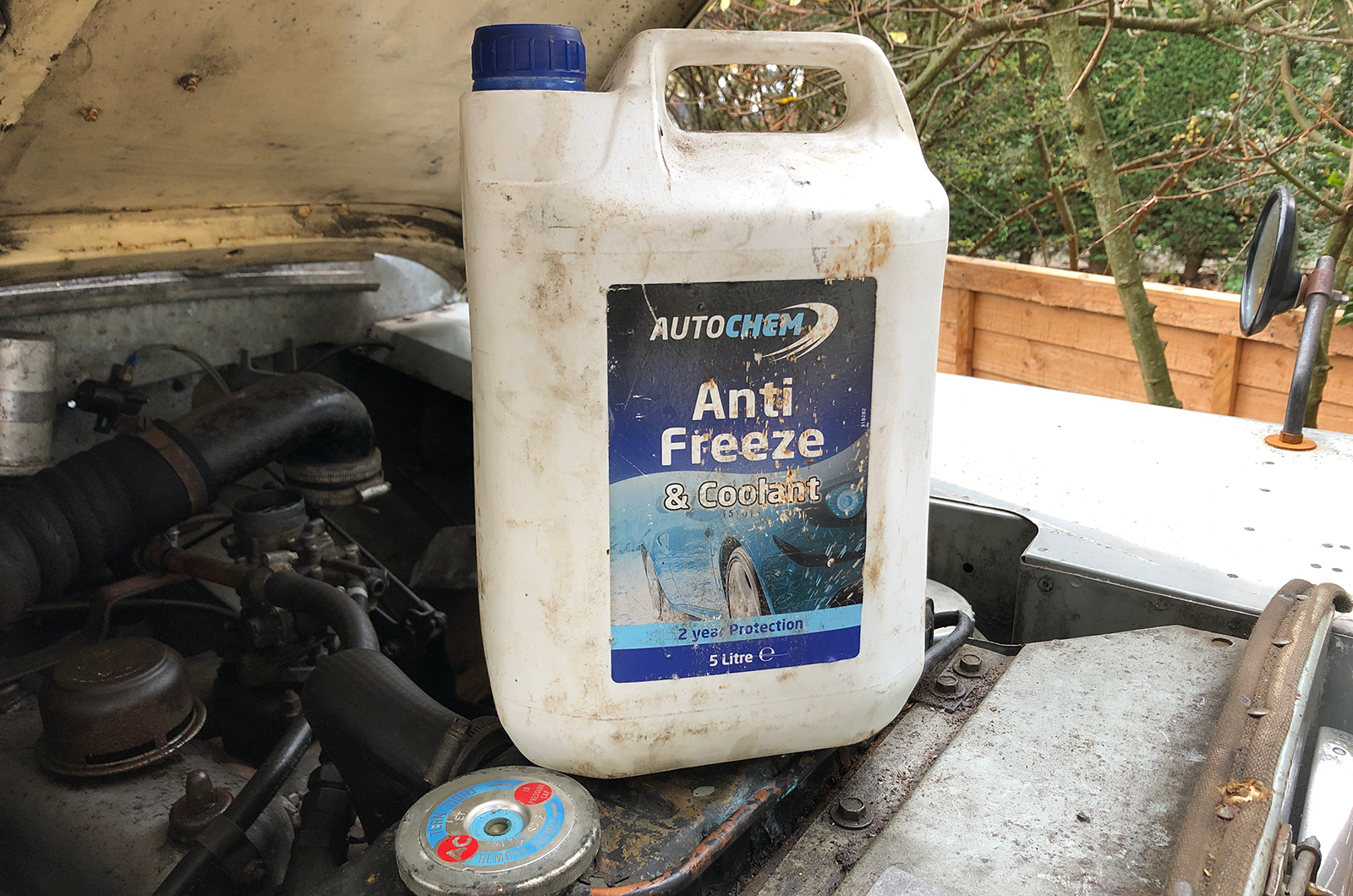
One of the most important things to check on your classic is the coolant or anti-freeze level and dilution.
In summer it raises the boiling point of the fluid, but in winter it lowers the point at which the contents of your cooling and heating system freezes. This severely reduces the chance of experiencing a cracked radiator or engine block when temperatures plummet.

